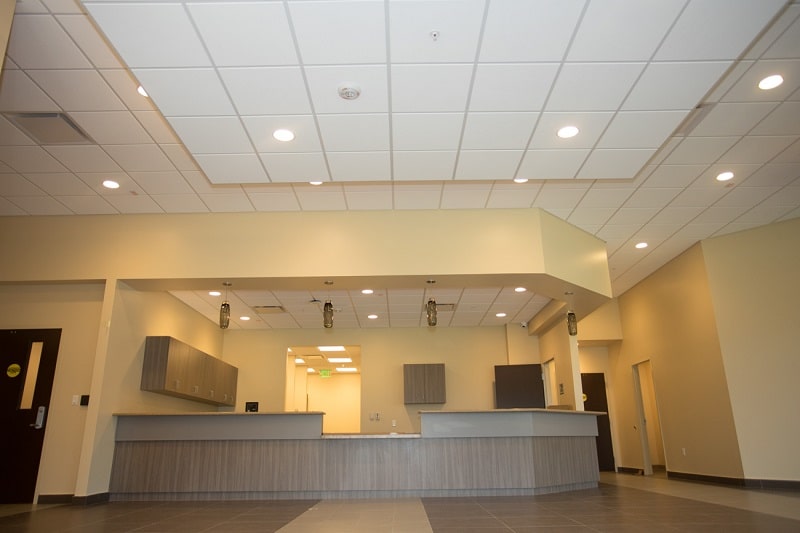How to Make Sure Multiple Paint Colors Won’t Clash in One Room
Are you finally tackling that interior painting project? Are you finally wanting to bring your ideas to life? Well, if your dream interior paint job includes multiple colors in one room, there are some ways to ensure that the colors won’t clash. We have compiled a list for you!
Examine the Permanent Features
Before you even take the leap into choosing specific colors, go through the room and take note of the permanent fixtures. For example, look at the color of the flowing, the counter tops, any furniture that is permanent in the room, etc. This will help when choosing new paint colors. The colors don’t necessarily have to match these items, but you don’t want them clashing either. For example, bright purple walls won’t flow well with red cherry flooring.
Look at the Color Wheel
The color wheel will be your best friend in ensuring that your paint colors don’t clash. The wheel can help identify the colors that appeal to you the most and then the colors that contrast with them. These complementary colors are the ones directly opposite each other on the color wheel. Choose your favorite colors and then narrow them down based on what will work best with the permanent fixtures you noted.
Primary Color
Once you have narrowed down your colors to a few that contrast each other and work well with your permanent fixtures, choose one to be the primary color in the room. This color will be the one that goes on one or more wall, the largest wall, or that will have the most space on a single wall that will have more than one color. A great rule of thumb is to use the primary color 60 percent of the time compared to the secondary color(s). This will ensure that contrasting colors don’t become overwhelming to the eye.
Secondary Color
The secondary color(s) will serve as more of an accent to the primary color. It can be used in large amounts; however, it won’t be the main color of the room’s scheme. The secondary color(s) can be used on trim, inside window frames or arches, on the ceiling, as patterns on the walls, etc.
Follow this guide to help make your interior paint project a great success! Feel free to contact your local experts at Noel Painting for all your residential painting needs. Give us a call for more information!







